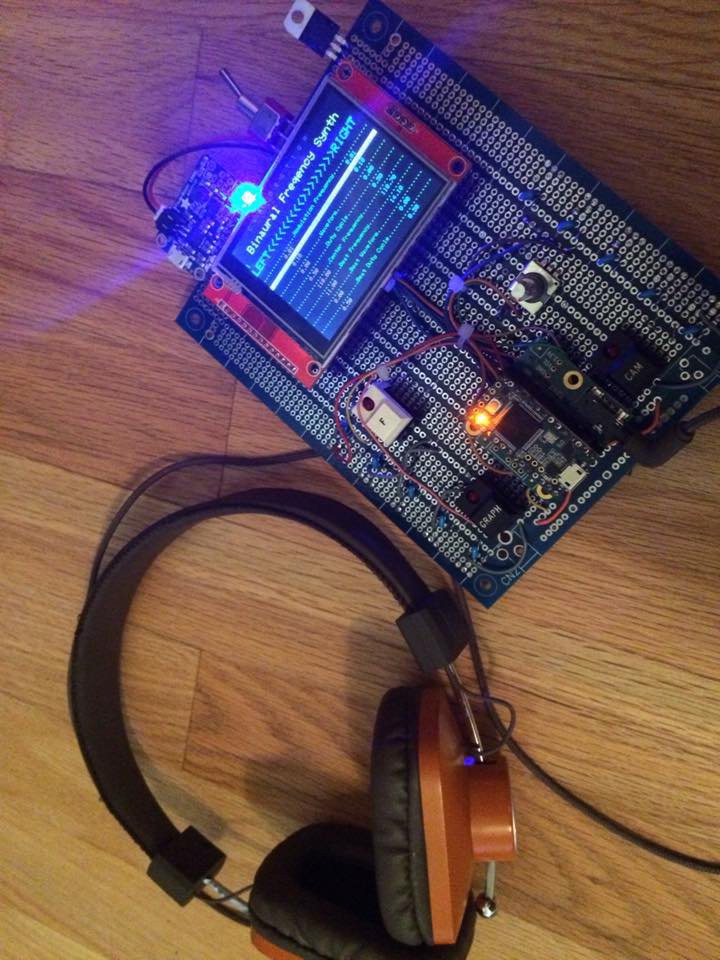

For now, the term “digital drug” comes with a grain of salt. Redefining Drug UseĪlthough they don’t fit the well-established definition - among other things, they aren’t ingestible substances - Barratt has argued that the conventional wisdom underpinning how we think about psychoactive effects is imprecise and overly restrictive.Ī more nuanced perspective might make room for “substances” that you “ingest” via ear canal. That said, some experts, including Monica Barrat, one of Maddox’s co-authors, believe it may be close-minded to dismiss the possibility that binaural beats act like drugs. “What we need to know,” she says, “is how they make sense of it and incorporate it into their experience.” She’s concerned with concrete practice, not with subjective mind-bending properties, or lack thereof. Instead, she and her colleagues wanted to investigate how people areusing them, regardless of whether they have the desired effect. Importantly, Maddox’s intent was not to test the science of binaural beats. According to the Global Drug Survey, most people who tune in to such music are already experimenting with classic psychedelics like psilocybin and acid. Yet, contrary to the fear that binaural beats might serve as a new gateway to illicit substances for youth, an alternative reality seems to be true. (These reactions seem mostly limited to some Middle Eastern countries.) In many cases, drug users may be seeking to heighten the effects of standard substances rather than seeking binaural beats as an alternative.Īt the other end of the spectrum, critics have voiced concern about the corruptive influence of tripping out on sound. Strikingly, a 2018 study found that binaural beats were mentioned more often than any traditional narcotics on an online forum dedicated to drug discussion. Maddox notes that beyond the survey (which does not necessarily represent the general population), “all we can do is see hype, and social media engagement,” of which there is plenty. It’s difficult to be sure how fringe binaural beat consumption is.

How Common Is this 'Digital Drug' Pursuit? “It’s a really small group who are actually trying to use them for altered states that are associated with psychoactive drugs,” says Alexia Maddox, a researcher at RMIT University in Melbourne, Australia, who analyzed the survey results on digital drugs in a paper published last March. And the market caters just as enthusiastically to them. Read More: Psychedelic Effects on the Brainīased on the Global Drug Survey, the vast majority of users simply want to relax, fall asleep or enhance their mood. Among their products is an acronym-heavy package of auditory THC, MDMA, LSD and DMT. Some apps, the most prominent being I-Doser, even sell MP3 files named for the drugs they are supposed to mimic. Yet you’ll find these claims attached to the proliferating videos and playlists that promote binaural beats on YouTube, Spotify and other platforms. In the eyes of medical and academic research, it has not been shown to induce anything like an “ intense spiritual awakening ” or a “ shamanic trance journey. The resulting mental state has been linked to wide-ranging benefits, from increased focus to lower pain levels, though the evidence is limited and conflicting. Since then, some have theorized that the third tone synchronizes brain waves, in a process known as neural entrainment. In the early 1970s, modern scientists swapped in electronic equipment and picked up where he left off. Prussian meteorologist Heinrich Wilhelm Dove is credited as the first person to note this phenomenon, detecting it in 1839 using tuning forks. It’s as if the harmony of the two creates its own distinct frequency. When you listen to two frequencies at the same time (say, 420 and 460 hertz), you’ll hear a third corresponding to the difference between them (40 hertz).

The strange thing is that, in a sense, binaural beats don’t exist: They are the ethereal creations of your own brain. Nevertheless, a 2021 Global Drug Survey found that just over 5 percent of respondents - our of nearly 31,000 people - had listened to binaural beats hoping to “get a similar effect to that of other drugs.” With the experimental zeal of teenagers snorting Smarties, they’re trying, successful or not.


 0 kommentar(er)
0 kommentar(er)
